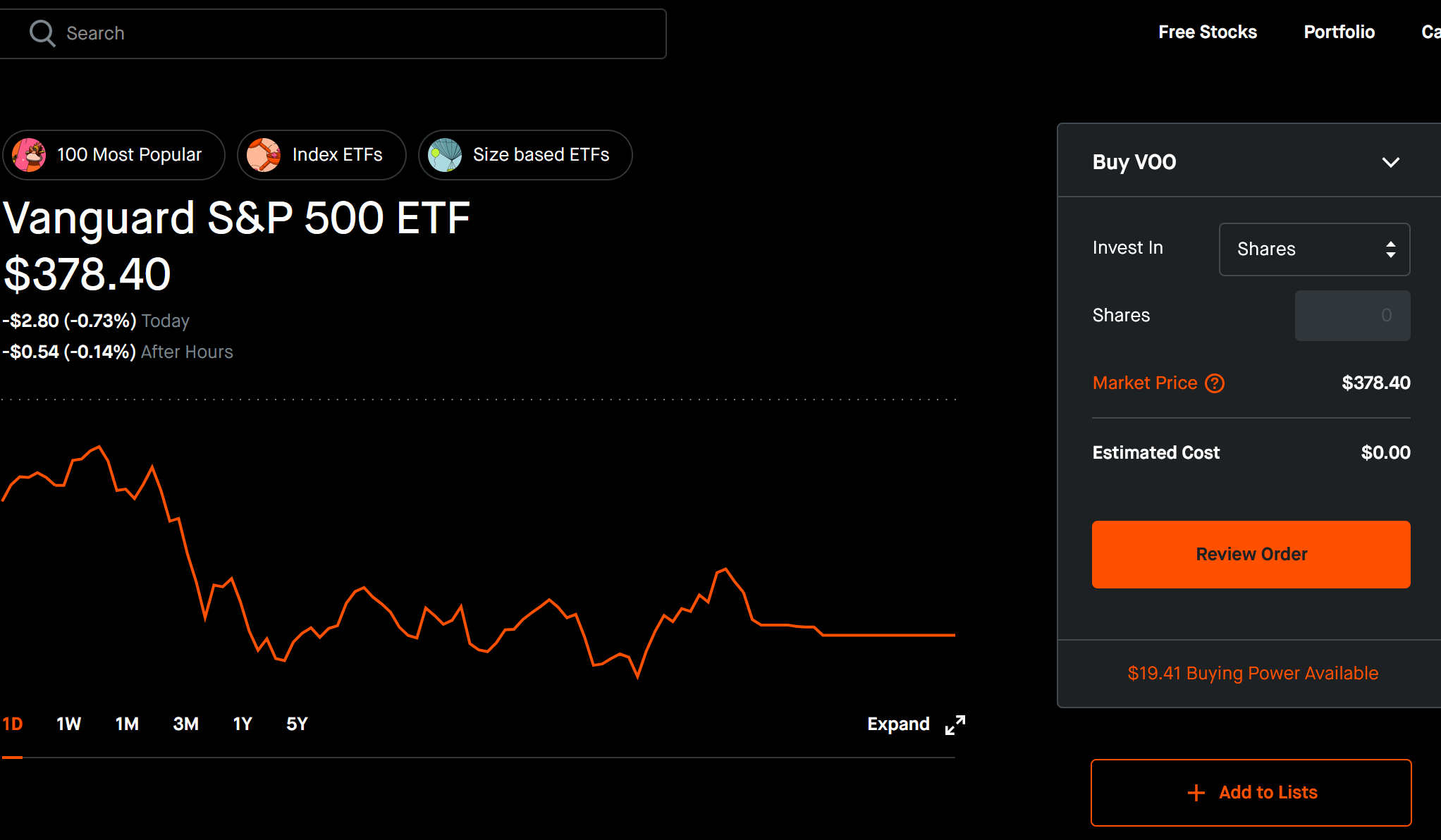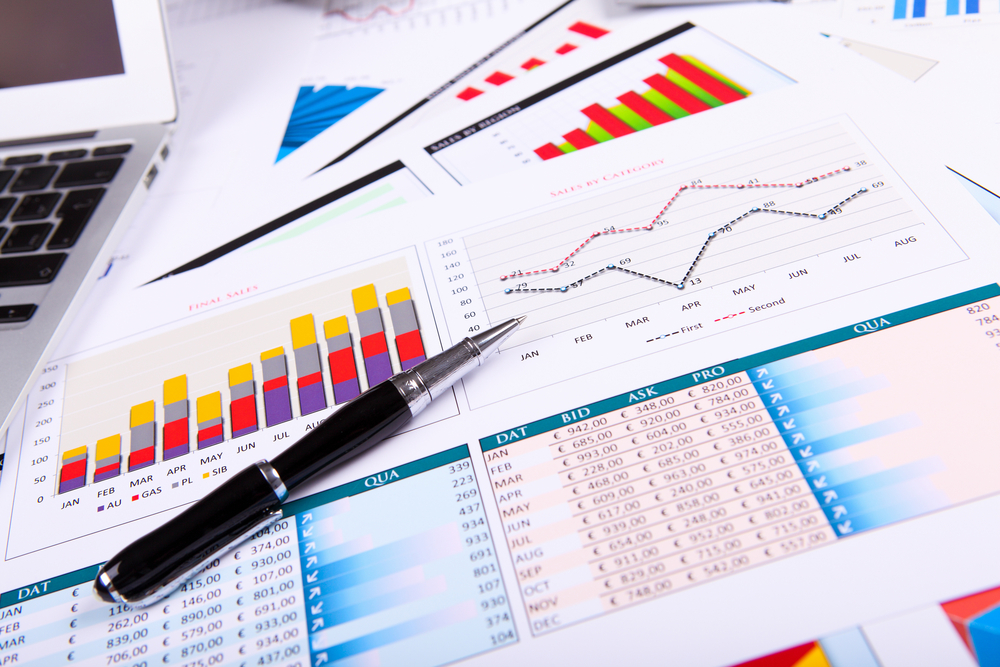
A single stock future is a type of futures contract that involves selling a specified number of shares of a company in exchange for their delivery at a future date. They can be traded on a futures market. Here are some things you need to know about single stock options. These contracts can seem complex and difficult to understand, but they can be beneficial if used correctly. If you're considering purchasing a single stock futures contract, read on to learn more about the risks and rewards of holding one.
Tax implications
A single stock futures investment can reduce investors' tax bills. Because the contracts for these contracts are generally shorter than nine months, they limit the amount of time you can hold your shares before you can convert them to dividends. However, you can keep your shares longer, which is important for long term gains. Although you don’t have to hand over your shares immediately to get market interest, you will need to wait until they expire before you can collect any market interest.
Stock futures gains can be treated like capital gains. These gains are also subject to the same tax rate as equity options. However, when an investor holds a single stock future for less than a year, his gains would be taxed differently from those from long and short positions. Unlike options, however, there is no time limit for the taxation of long positions.

Margin requirements
Margin requirements are usually 15% in the single stock futures market. Concentrated accounts will have the margin requirement lower at ten per cent. The margin amount must also cover losses in 99%. The initial margin will be higher if the stock is volatile. The maximum loss per day is what determines the margin needed for single stock futures. However, there are some differences.
The price of single stock-futures is determined by their price and the carrying interest. Any dividends received before the expiration dates are discounted. Transaction costs, borrowing expenses, and dividend assumptions may affect the carrying price of a single future stock stock. You must have margin with your brokerage firm in order to trade single stock futures. This is a "good faith" deposit to secure the performance of the trade.
Leverage
Leverage is required to trade in single stock-based futures. Leverage allows traders to control large amounts with very little capital. This form of leverage is also known as a performance bond. The market usually only needs three to 12% to open a position. A future E-mini S&P 500 contract can have a potential value of $103,800. For a fraction of what it costs to purchase one hundred shares, traders can have control over this huge amount of value. Because of this, even tiny price changes can have a major impact on the option's value.
Although not as common as other derivatives products, one stock futures can be an excellent way for investors. They allow them to trade on the price movement in a single stock without taking on significant capital risk. Like other derivative products, single stock futures require a lot of attention to detail, as well as a robust risk management model. The US single stock futures are a trading instrument that has been in existence since the early 2000s. They offer both investors and speculators many benefits. Single stock futures are particularly popular among institutions and larger investment funds seeking to hedge their positions.

Tax implications when holding a single stock-based futures contract
Futures traders can benefit from certain tax breaks while trading stocks. The Internal Revenue Service has rules for futures trading that provide favorable tax treatment for futures traders. The maximum tax rate for futures traders is sixty percent long term capital gain rate and forty per cent short-term, regardless of the length of trades. All futures accounts are subject to the 60/40 rule, regardless of whether they are managed by CTAs or hedge funds.
Single stock futures represent a nearly perfect replica of an underlying stock and are therefore traded on margin. Traders must guarantee 20% of the value of the underlying stock as collateral. This allows traders to build leveraged positions. Before trading in futures, traders must understand the leverage of these positions. Below are some details about the tax consequences of having a single stock forwards contract.
FAQ
What is a bond and how do you define it?
A bond agreement between 2 parties that involves money changing hands in exchange for goods or service. Also known as a contract, it is also called a bond agreement.
A bond is typically written on paper and signed between the parties. This document details the date, amount owed, interest rates, and other pertinent information.
The bond is used for risks such as the possibility of a business failing or someone breaking a promise.
Bonds can often be combined with other loans such as mortgages. The borrower will have to repay the loan and pay any interest.
Bonds can also raise money to finance large projects like the building of bridges and roads or hospitals.
When a bond matures, it becomes due. That means the owner of the bond gets paid back the principal sum plus any interest.
If a bond does not get paid back, then the lender loses its money.
What is the difference in marketable and non-marketable securities
The key differences between the two are that non-marketable security have lower liquidity, lower trading volumes and higher transaction fees. Marketable securities are traded on exchanges, and have higher liquidity and trading volumes. Marketable securities also have better price discovery because they can trade at any time. This rule is not perfect. There are however many exceptions. Some mutual funds are not open to public trading and are therefore only available to institutional investors.
Non-marketable securities tend to be riskier than marketable ones. They usually have lower yields and require larger initial capital deposits. Marketable securities are typically safer and easier to handle than nonmarketable ones.
A large corporation may have a better chance of repaying a bond than one issued to a small company. The reason for this is that the former might have a strong balance, while those issued by smaller businesses may not.
Because of the potential for higher portfolio returns, investors prefer to own marketable securities.
What is the difference between a broker and a financial advisor?
Brokers are people who specialize in helping individuals and businesses buy and sell stocks and other forms of securities. They handle all paperwork.
Financial advisors are experts on personal finances. They help clients plan for retirement and prepare for emergency situations to reach their financial goals.
Banks, insurers and other institutions can employ financial advisors. They could also work for an independent fee-only professional.
Consider taking courses in marketing, accounting, or finance to begin a career as a financial advisor. You'll also need to know about the different types of investments available.
Statistics
- Our focus on Main Street investors reflects the fact that American households own $38 trillion worth of equities, more than 59 percent of the U.S. equity market either directly or indirectly through mutual funds, retirement accounts, and other investments. (sec.gov)
- Even if you find talent for trading stocks, allocating more than 10% of your portfolio to an individual stock can expose your savings to too much volatility. (nerdwallet.com)
- US resident who opens a new IBKR Pro individual or joint account receives a 0.25% rate reduction on margin loans. (nerdwallet.com)
- For instance, an individual or entity that owns 100,000 shares of a company with one million outstanding shares would have a 10% ownership stake. (investopedia.com)
External Links
How To
How to make a trading program
A trading plan helps you manage your money effectively. It helps you identify your financial goals and how much you have.
Before you begin a trading account, you need to think about your goals. You may want to save money or earn interest. Or, you might just wish to spend less. If you're saving money, you might decide to invest in shares or bonds. If you earn interest, you can put it in a savings account or get a house. And if you want to spend less, perhaps you'd like to go on holiday or buy yourself something nice.
Once you have a clear idea of what you want with your money, it's time to determine how much you need to start. This depends on where you live and whether you have any debts or loans. Consider how much income you have each month or week. The amount you take home after tax is called your income.
Next, save enough money for your expenses. These include rent, bills, food, travel expenses, and everything else that you might need to pay. These all add up to your monthly expense.
Finally, you'll need to figure out how much you have left over at the end of the month. This is your net income.
Now you've got everything you need to work out how to use your money most efficiently.
You can download one from the internet to get started with a basic trading plan. Ask an investor to teach you how to create one.
Here's an example of a simple Excel spreadsheet that you can open in Microsoft Excel.
This will show all of your income and expenses so far. It also includes your current bank balance as well as your investment portfolio.
And here's another example. A financial planner has designed this one.
It will let you know how to calculate how much risk to take.
Don't try and predict the future. Instead, you should be focusing on how to use your money today.